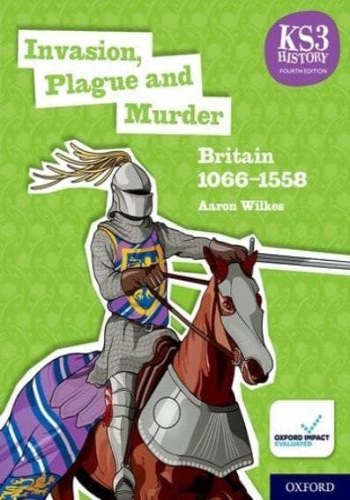The new fourth edition of Invasion, Plague and Murder is Book 1 of the best-selling Oxford KS3 History by Aaron Wilkes series. It covers medieval and early Tudor British history, including Anglo-Saxon England, the Norman Conquest, England's relationship with Scotland, Wales, Ireland and France, medicine and public health, religion and political power. This textbook introduces the history content and skills needed to support a coherent knowledge-rich curriculum, prepares students for success in Key Stage 3 History, and builds solid foundations for GCSE study: - Carefully designed content and assessments support student progression throughout the textbook series - Historical sources and interpretations are presented with clear provenances - Over to you activities for every lesson check students' knowledge and understanding, and are ramped in difficulty to build confidence - Step-by-step guidance on key History skills provides scaffolding to introduce students to the skills needed for further study - Literacy focus feature helps improve students' essay writing skills and grammar - Complete assessment support, including quick knowledge quizzes and exam-style assessments - This textbook retains Aaron Wilkes' unique and engaging style, shown in recent research to inspire and motivate young historians - Invasion, Plague and Murder Kerboodle: Lessons, Resources, Assessment offers a digital subscription packed full of customisable interactives, worksheets, animations and automarked assessments.







